It was billed as a comfortable way for Winthrop and Quincy commuters to avoid rush hour traffic. However, for more than six weeks, their million dollar ferry has been out of commission.
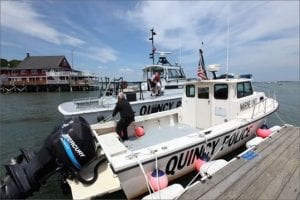
Quincy Police Department naval vessels
A file photo
– News covered by Quincy Quarry News with commentary added
Winthrop ferryboat breakdowns leave Quincy ferryboat commuters high but fortunately dry.
Then again, there were only a couple of dozen or so Quincy ferryboat commuters undertaking weekday round trips before service became hit but mostly miss over seven weeks ago.
The ferry service has long been pimped as a comfortable as well as enjoyable way for commuters to avoid rush hour traffic.
Reality, however, is a whole other matter.
“The problem with the ferry is that it has been grossly mismanaged …” claims longtime Winthrop resident and community activist John Vitagliano.
Service was first suspended service in mid-June per claims that there was insufficient personnel to operate the ferry.
Then a few days later it was said that one of the ferry’s engines had malfunctioned and needed parts had to be shipped to Winthrop from overseas.
Not including lost revenue, the cost to see the ferry made seaworthy is expected to top $50,000.
Over the last several years, the Town of Winthrop has spent over $750,000 in taxpayer money to make and then endeavor to (unsuccessfully, ed.) to keep the town-owned ferry operational.
These costs are in addition to over a million dollars spent to buy the ferry and which was subsided by both federal and state funding grants.
Ferry boat service all but invariably requires a significantly greater tax dollar subsidy than do ground-based public transit options, including even those offered by the MBTA.
As of press deadlines, Quincy Quarry was unable to determine if the feds and/or the state have any funds “clawback” clauses on the funds they have provided Winthrop given the repeated problems with its providing reliable service.
On the other hand, if the Town of Winthrop does decide to stop operating is town-owned ferry, it would be required to give its (clunker of a, ed.) ferryboat to the state.
Similarly, Quincy Quarry was not able to find out what – if any recourse the City of Quincy might have to reclaim at least some of the local tax dollars used to pay Winthrop to provide ferry service out of Quincy’s Marina Bay after the state declined to continue to provide any more funding for the service after providing start-up grant funding.
Then again, it is also only reasonable to suspect that Quincy taxpayers’ funding Winthrop’s municipal ferry boat operations was probably at least partially undertaken so that Quincy Mayor Thomas P. Koch could score points with Massachusetts House of Representatives Speaker of the House Robert A. DeLeo (Democrat, Winthrop).
As such, one can only reasonably assume that the Koch Maladministration is likely to yet again endeavor whatever it can to slip this latest waste of tax dollars under the radar and as the maladministration has done with so many of its other ill-spent outlays.
Even so as well as in spite of clear disinterest of the state to subsidize current (erratic, ed.) ferry service for Quincy, earlier this year the Koch Maladministration talked up plans for a considerable expansion of ferry service in the Greater Boston area and which were ostensibly developed by a Boston-based not-for-profit.
In reality, however, a private citizen in Quincy fathered the plan, only to end up seeing it hijacked and then koched-up.

“On the Waterfront”
A cropped Patriot Ledger image
Specifically, the current koched-up plan is projected to cost (at least, ed.) $11.2 million and includes spending $5.4 million to upgrade the Squantum Point ferryboat facilities that – again – currently service mostly but a couple of dozen round-trip weekday ferryboat passengers.
The plan further requires two boats and would require subsidies to support the program as it would operate at a deficit, much like existing ferry and public transit options across the state.
But not to worry, the Koch Maladministration has applied for federal grant funding, anticipates a network of public and private partnerships, and is predicated upon a massive increase in ridership largely fueled by tourism.
That and how Quincy Mayor Thomas P. Koch is surely relying on his long ongoing position as the Chair of the MBTA Advisory Board to help him to continue to throw around his considerable weight.
In other words, expect more of the same old/same old Koch and mirrors.
Source: I-Team: Winthrop Ferry Commuters Left High And Dry




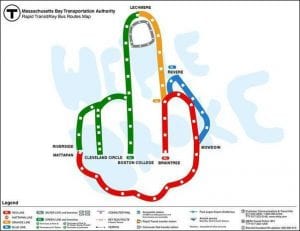
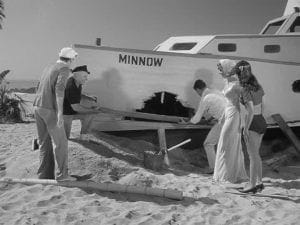
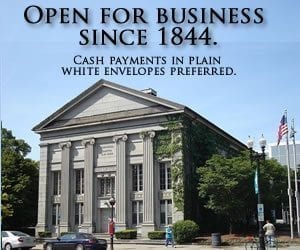




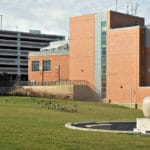





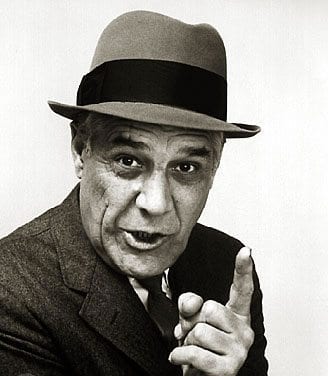
Additionally, try getting to the Boston Harbor Islands from Quincy. It used to be a matter of taking the ferry from the Fore River — even that, though, provided limited service — both late departures and early terminations of daily service, so island visits were limited. Now, one has to take the T or drive into Boston, make their way to the dock and get the boat from there. Lots of extra time, obviously extra expense, and obvious inconvenience. I used to enjoy going to several of the islands several time each summer — but no more. It’s become an expensive inconvenient pain in the ass.
Asterisk,
FYI: one can catch a ferry in Hingham to head out to Georges Island and then take water taxi shuttles to other harbor islands. Also, there are three free Harbor Island ferry ride days a year – see http://www.bostonharborislands.org/free-access-individuals/
And as for the koched-up proposal for greatly enhancing ferry service along the Greater Boston waterfront, it is predicated upon both ORDERS of magnitude increases in tourist riders and much greater use by commuters. The former is dubious at best to anywhere near the ridership pimped and the later is suspect as there are only so many jobs readily accessible from the Boston ferry landing AND ferry service is seasonal.
Throw in the fact that ferries are expensive to operate and fuel inefficient, things won’t work absent considerable subsidies as in way greater on a per ride basis than is provided for MBTA rail, subway and/or bus riders at a time when the T is struggling.
Plus, the suspect projected ferry ridership increase wouldn’t yield a consequential enhancement of total public transit capacity as in less than 1%, if not a whole lot less, nor provide measurable reductions in traffic congestion.
Then again, considering the source of the plan, is it any surprise that the plan is koched-up?
Thanks — the Hingham schedules are significantly better than the Quincy ones used to be. And they’re certainly better than having to schlep in to Boston.